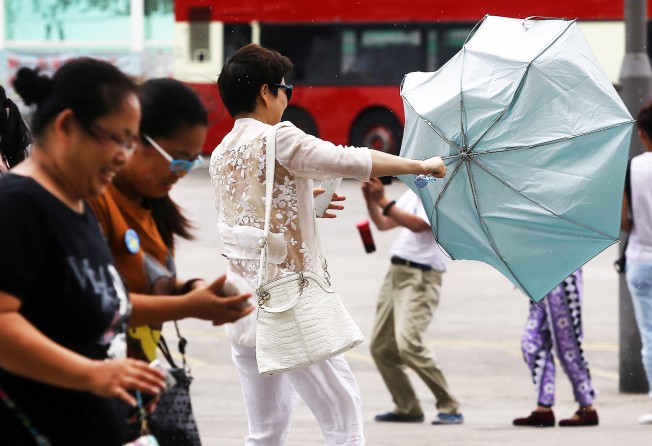Hong Kong Observatory defends forecast of Typhoon Linfa
Forecasters say No 8 signal was justified by the data and Linfa weakened faster than expected

The Hong Kong Observatory yesterday rejected a storm of criticism over Typhoon Linfa, insisting its decision to raise a No.8 signal that triggered a partial city shutdown was for the sake of public safety and based on meteorological data.
Businesses which shut their doors hours earlier than usual were not amused when the force of Linfa proved to be much milder than expected, saying Thursday’s shutdown had caused substantial losses.
Print option is available for subscribers only.
SUBSCRIBE NOW